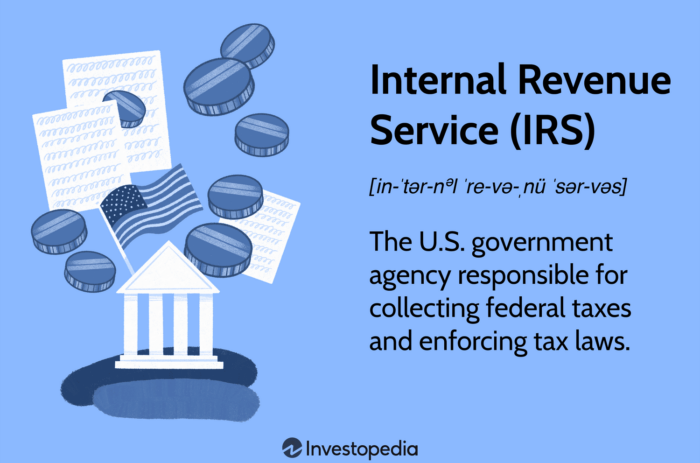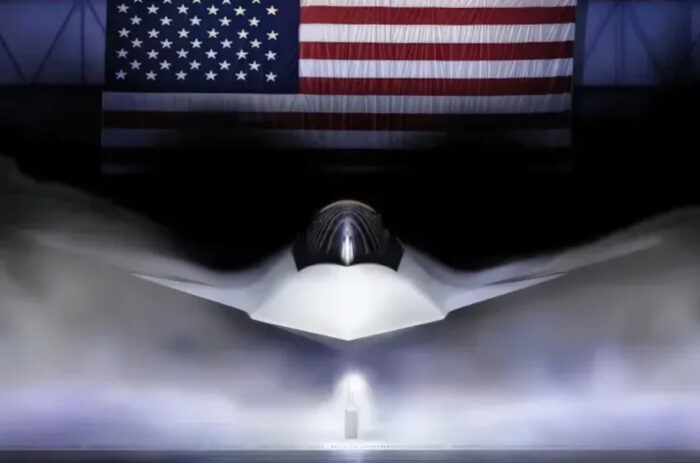redo Jump to...
print Print...

Mukwonago student Collin Muelling, (right) layers on toppings in the lunch line at Mukwonago High School, where football players led a boycott of the new federally mandated school lunch calorie limits.
(by Jim McLaughlin of the Milwaukee Journal Sentinel) Mukwonago, Wisconsin – By 7 a.m. Monday, senior Nick Blohm already had burned about 250 calories in the Mukwonago High School weight room.
He grabbed a bagel and a Gatorade afterward; if he eats before lifting, he gets sick.
That was followed by eight periods in the classroom, and then three hours of football practice. By the time he headed home, he had burned upward of 3,000 calories – his coach thinks the number is even higher.
But the calorie cap for his school lunch? 850 calories.
“A lot of us are starting to get hungry even before the practice begins,” Blohm said. “Our metabolisms are all sped up.”
Following new federal guidelines, school districts nationwide have retooled their menus to meet new requirements to serve more whole grains, only low-fat or nonfat milk, daily helpings of both fruits and vegetables, and fewer sugary and salty items. And for the first time, federal funds for school lunches mandate [require] age-aligned calorie maximums. The adjustments are part of the Healthy, Hunger-Free Kids Act of 2010 touted by Michelle Obama and use the updated Dietary Guidelines for Americans from the U.S. Department of Agriculture [USDA].
The changes are hard to swallow for students like Blohm. On Monday, 70% of the 830 Mukwonago High students who normally buy lunch boycotted cafeteria food to protest what they see as an unfair “one size fits all thing.” Middle schoolers in the district also boycotted their school lunches, with counts down nearly half Monday. They’re not alone in their frustration; schools across the country are reporting students who are unhappy with the lunch offerings.
The sub sandwich line at Mukwonago High used to let students pile veggies on a six-inch French bread bun. Options now include a fist-sized whole wheat roll or multigrain wrap, and the once popular line is now mostly empty.
The healthier food is less the issue than the portions.
“A freshman girl who weighs 100 pounds can eat this lunch and feel completely full, maybe even a little bloated,” said Joey Bougneit, a Mukwonago senior.
But Blohm is a 6-foot-3-inch, 210-pound linebacker. He’s also class president, and takes several Advanced Placement classes. If schools want students to perform well, he said, they can’t be sitting in their chairs hungry.
Last year’s fare featured favorites like chicken nuggets and mini corn dogs in helpings that were “relatively decent,” Bougneit said. But health-conscious regulations have changed that. Last week’s super nacho plate, for example, offered just eight tortilla chips.
Adding to the dissatisfaction is a 10-cent price hike on lunches because the USDA, which oversees the National School Lunch Program, forced many districts to raise full-price lunches closer to the $2.86 it reimburses for students who qualify for free lunches. That means the leaner, greener lunches at Mukwonago High this year now cost $2.50 instead of $2.40.
“Now it’s worse tasting, smaller sized and higher priced,” Bougneit said.
Officials share concerns
Pam Harris, the district food service supervisor and a registered dietitian, said children’s weight and poor nutrition in America are serious problems, but the changes are too abrupt.
“I could not be more passionate about this,” Harris said. “I want to solve this problem. But limiting calories in school lunch is not going to help the overweight kid. What happens at home is a major piece of that puzzle.”
“Our issue is pretty much kids just don’t want to eat vegetables,” she said. “The USDA wants to solve the problem of childhood obesity. Those are two kind of separate issues.”
Harris spoke at all lunch periods Friday to explain the federal dietary changes and had students fill out comment cards explaining what they do and don’t like about the new menu. She plans to send those and parent letters to the USDA in hopes the department will allow districts including Mukwonago to gradually introduce their menu over a few years.
In a clothing store bag the size of a backpack, Blohm lugged his homemade, linebacker-size lunch including a bag of raw carrots, two ham sandwiches on wheat bread, two granola bars, an apple and three applesauce cups – an estimated total of 1,347 calories.
How long will the students keep boycotting the lunch program?
“I’ve already told my mom we might be packing my lunch for the rest of the year,” Blohm said.
Clay Iverson, Mukwonago’s varsity football head coach, said student-athletes are bigger, stronger and more athletic than ever before, and their food intake needs have evolved. “Everything has been accelerated, and maybe nutrition hasn’t been,” he said.
He worries that if players’ stomachs are growling by the end of the school day, they’ll go home and binge on anything they get their hands on and undo any of the benefits of the lighter, healthier school lunch.
Teens need a push to make healthy eating choices, Iverson said, but they’ve got plenty else to worry about during the football season. “I wonder if the people who made the decision had to go through a day like Nick Blohm.”
Copyright © 2012, Milwaukee Journal Sentinel. Reprinted here for educational purposes only. May not be reproduced on other websites without permission from Journal. Visit the website at JSOnline.com. Contact Mr. McLaughlin at jmclaughlin@journalsentinel.com. Remember to give your name, school and state, and be clear, concise and polite.
Questions
PLEASE NOTE (Regarding the “Answers” email):
We are in the process of switching to a new email service provider. If you have any problems receiving your “Answers” email this week, please contact us at webmaster@StudentNewsDaily.com.
Background
The National School Lunch Act is a U.S. federal law signed by President Harry S. Truman in 1946. The act created the National School Lunch Program (NSLP), a program to provide low-cost or free school lunch meals to qualified students through subsidies to schools. The program was established as a way to prop up food prices by absorbing farm surpluses, while at the same time providing food to school age children. The majority of the support provided to schools participating in the program comes in the form of a cash reimbursement for each meal served. Schools are also entitled to receive commodity foods and additional commodities as they are available from surplus agricultural stocks. The National School Lunch Program serves 30.5 million children each day at a cost of $8.7 billion for fiscal year 2007. (from wikipedia)
The bill, dubbed the No Hungry Kids Act, is in direct response to new U.S. Department of Agriculture guidelines that update the standards for the National School Lunch Program. The updated guidelines were part of the 2010 Healthy, Hunger-Free Kids Act, which had high profile backing from First Lady Michelle Obama and her campaign to combat childhood obesity.
For the first time in history, school meals are also limited to a certain number of calories: 650 calories for meals for kindergarten through fifth grade, 700 calories for seventh and eighth grade and 850 calories for high school.
Both congressmen are taking a stand against this development, arguing that instead of helping to curb obesity the new policy actually leaves kids hungry.
Resources
The new mandate for the public school lunch programs falls under the law: Healthy, Hunger-Free Kids Act of 2010. Read the law at: fns.usda.gov/cnd/governance/legislation/cnr_2010.htm
Also on this webpage, find “The Nutrition Standards in the National School Lunch and School Breakfast Programs” (this document is 81 pages in length)
Daily “Answers” emails are provided for Daily News Articles, Tuesday’s World Events and Friday’s News Quiz.



